
Things are stable now, but “normal” means something completely different than it did before
The global supply chains that arose over the last three decades were built around stability and predictability. Then, of course, outside forces completely destabilized global trade and made it anything but predictable for a couple of years. From a global pandemic there has arisen a new world order in supply chains, one necessary when universal truths proved to no longer be true. Supply chain globalization is not dead, but it is different. We heard the term “new normal” so many times in the first years of the 2020s that it became cliché, but it really is true to life in supply chains. The most impactful difference for long-term success is that rather than being seen as an expense, “the supply chain is now an engine for growth and profit,” as Accenture COO Renato Scaff put it.
Regionalization

Whereas the globalization trend had supply chains flung all the way across the globe, often with products manufactured in China, or elsewhere in Asia, transported across the Pacific for sale in North American markets, the new world order in supply chain calls for production closer to the point of sale.
In American markets, that nearshoring trend means a lot more manufacturing in Mexico and a lot less reliance on Asia. BlueGrace Logistics, one of the largest 3PL companies in the U.S., is diving in, with an initial target of offices in three cities in Mexico and 25-50 employees by the end of 2024.
“Having a presence and having Mexican employees will help with service. We could manage it from Tampa or Chicago or one of our offices, but we feel having the presence down there and developing the culture we’ll really be there to service our customers,” chief commercial officer and president Scott Schara told BOSS.
An Accenture survey found that 94% of companies are investing directly in onshoring or nearshoring, with more than half of executives calling the move key to their firms’ survival. Announced manufacturing investing in North America is up several times over pre-pandemic normal.
Automation

It’s not just where those factories will be that represents a new world order in supply chain. It’s what takes place inside of them.
“The factories being built onshore or nearshore won’t resemble the factories of yesterday. As the need for automation to improve productivity and enhance safety and quality is increasing, we anticipate that any new plant facilities will be built to ‘factory of the future’ standards leveraging technology, data, and AI to reach intelligent and sustainable operations,” Aaron Saint, Accenture senior managing director for Industry X and supply chain & operations, North America, said.
One of the best places to automate is in the warehouse, where enterprises such as United Material Handling are using self-driving forklifts, automated storage and retrieval systems, and ASRS cranes that put full pallets away without operators needing to be in or near the equipment. United Material Handling has a 221,000-sq. ft. facility near its headquarters where it showcases its cutting-edge techniques.
“We didn’t want just a little corner in our space with three pallets trying to demonstrate technology,” owner Ryan Bartlett told BOSS. “I wanted to be able to say to customers, ‘We’re running a full operation here, just like you do, with our automation equipment doing 13,000 pallet positions.’”
Surplus

Supply chain managers are also spreading out their suppliers, perhaps keeping some long-established relationships like China in place, but diversifying so that all their eggs are not in one basket and they can pivot when necessary. It’s more expensive in the short term, but it’s hedging against disruptions that can shut down entire operations for long periods and cost a whole lot more in the long run.
Johnson & Johnson is among the companies striving to make sure it doesn’t run out of crucial supplies at the wrong time. Its focus on diversifying suppliers aims for “maintaining a continuous supply base and managing risk to enable global access to lifesaving medicine and equipment,” Heidi Landry, J&J’s chief medtech procurement officer, said at the University of Pittsburgh’s Supply Chain Management Symposium.
The days of just in time manufacturing are over. In the new world order of supply chain, it’s a much better long-term bet to keep some extra inventory on hand to avoid lengthy lead times in the event of a disruption. Just in time proved more efficient until it wasn’t, to disastrous consequences, and former proponents of the strategy such as PepsiCo and Nissan have changed their ways.
“You will not see the pendulum pull all the way back,” Rick Gabrielson, a consultant and former senior transportation executive at Target and Lowe’s, told the Wall Street Journal.
Sustainability
All of these changes have the unifying theme of sustainability. The old ways proved unsustainable when disruption came, so the new world order of supply chain aims to be flexible where it was once rigid, resilient where it once broke.
While not the only aspect of sustainability, environmental impact is the most important. Motivated by shifting consumer demands and regulatory changes, companies are taking the opportunity presented by a supply chain overhaul to reduce their emissions. The task might have once seemed monumental, but organizations have discovered they can do a lot of things in the new world order of supply chain that would have been unthinkable before.
“They learned a lot of things that they didn’t think were possible. This means companies can do more than they thought was possible,” Yossi Sheffi, director of the Massachusetts Institute of Technology’s Center for Transportation and Logistics, told the WSJ. “They have learned how to be nimble, and that may be the most important lesson.”
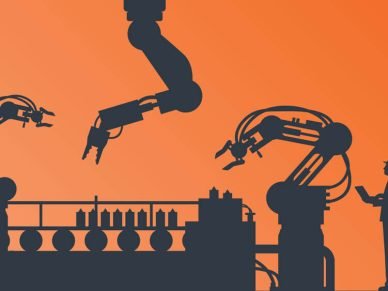

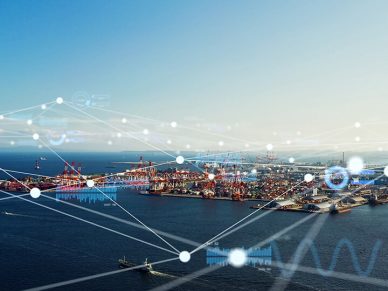
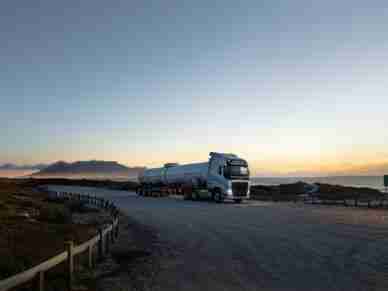
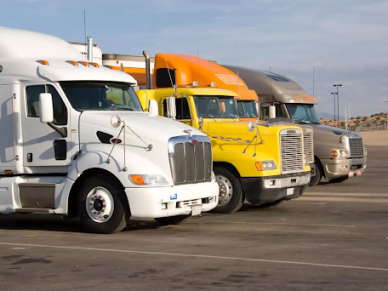
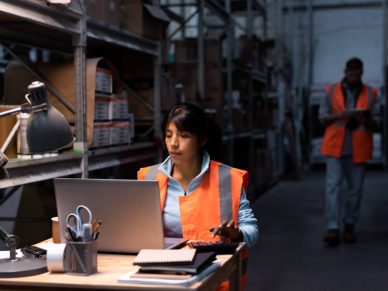

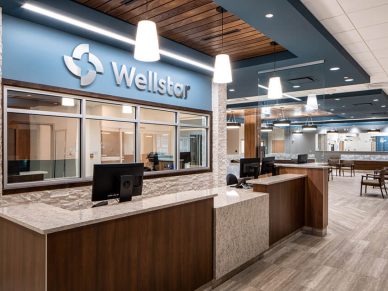






Leave a Reply